nematode questions. Freaking out...
nnmjdklil
8 years ago
Featured Answer
Sort by:Oldest
Comments (26)
josephines167 z5 ON Canada
8 years agolast modified: 8 years agonnmjdklil
8 years agoRelated Discussions
Small worms coming out of seeds. Are these nematodes?
Comments (2)Dry seeds sometimes are subject to weevils laying their eggs in them. The eggs hatch and the larvae eat the seed. Eggs and larvae can be killed by freezing for four days at zero degrees. Al...See MoreFreaking out about my paint selection :(
Comments (40)I really like the LR color and the flow of colors you have throughout your house. Maybe it's because my LR and DR are the similar to your LR. My lighting is similar to yours. I have eggplant, teal, and orange incorporated with my accessories such as pillows and art for which that color works perfectly. Not every neutral color works well in that type of lighting, It took a whole lot of samples some of which are highly used and mentioned on GW to get it right for our rooms including many of the grays. When my neighbors and friends come into our home, the first thing they compliment is our wall colors. They want to know what we used. You'll see when it's all said and done. You will have the same reaction. I think your color consultant did a great job for you. Have fun decorating. My only suggestion is that you keep all your furnishings neutral with fabrics that have textures and have fun bringing in all the colors with your accessories and art. You have a beautiful home....See MoreFreaking out when granite is being installed seems to be common!
Comments (5)All granite is (or should be) resined. It is done to fill in the naturally occuring fissures and weak spots in the slab. You wouldn't want one in your kitchen that hasn't been resined, and you can't control it because it is done before the slab makes it to the granite yard that you visited to choose from. Resin is not the same as sealer. Yes, sometinmes when the fabricator cuts the granite, then edges are different than the top because of this. I think the lighter granites show this more than the darker ones, although I am only saying that from my personal experience. Perhaps your fabricator could darken them a bit for you. There are products that do just that....See MoreFreaking out about counter-depth fridge sticking out past pantry cabs!
Comments (112)Post a photo of the copy of the approved plan they were supposed to build to. Does it show deeper sides with the adjacent counters butting into them? Enough room for 24.375 plus the 2 inches behind so that the sides of the refrigerator BOX can be installed flush with the front of the cabinetry? Normally a cabinet shop would make this allowance or at least go over the options and differences. But if someone else did the design and it was adhered to, you don't have much to stand on. Also, is the opening the correct height because the hinges not fitting into the opening (like the photo above) can keep it from going back as well? Did you by chance consider another refrigerator that would fit properly? That might be the easiest and most economical way to address the issue. Switch them up and sell the first one. And to the guy that commented about "custom shops" ordering components, this is a common practice throughout the industry. It's very rare to find a cabinet shop that builds every part of a cabinet anymore and as long as what is ordered is of acceptable quality and fits, what's the problem?...See Moreken_adrian Adrian MI cold Z5
8 years agonnmjdklil
8 years agonnmjdklil
8 years agobkay2000
8 years agonnmjdklil
8 years agoPieter zone 7/8 B.C.
8 years agonnmjdklil
6 years agonnmjdklil
6 years agoPieter zone 7/8 B.C.
6 years agolast modified: 6 years agonnmjdklil
6 years agoMadPlanter1 zone 5
6 years agoMadPlanter1 zone 5
6 years agonnmjdklil
6 years agoKindness Matters (NE Ohio 6a)
6 years agotrickyputt
6 years agosunnywood4bChazyNY
6 years agoPieter zone 7/8 B.C.
6 years agotrickyputt
6 years agolindalana 5b Chicago
6 years agosunnywood4bChazyNY
6 years agolindalana 5b Chicago
6 years ago
Related Stories

HOUSEKEEPING10 Things Neat Freaks Know to Be True
Do you err on the incredibly tidy side? Then you probably already live by these nuggets of neat wisdom
Full Story
REMODELING GUIDESConsidering a Fixer-Upper? 15 Questions to Ask First
Learn about the hidden costs and treasures of older homes to avoid budget surprises and accidentally tossing valuable features
Full Story
WORKING WITH PROS12 Questions Your Interior Designer Should Ask You
The best decorators aren’t dictators — and they’re not mind readers either. To understand your tastes, they need this essential info
Full Story
FURNITUREHow to Pick Out a Coffee Table
Get a great fit for your room and your lifestyle by considering a coffee table’s size, features and aesthetics
Full Story
HOUSEKEEPINGGet It Done: Clean Out the Linen Closet
Organized bliss for your bedroom sheets and bathroom towels is just a few hours away
Full Story
HOUSEKEEPINGHow to Clean Your Fridge, Inside and Out
Keep your refrigerator clean and fresh, while you gain storage space and lose those ‘UFOs’
Full Story
FURNITUREHolding Out for Quality
Cheap furniture has its place, but more shoppers are waiting to invest for the long haul
Full Story
FUN HOUZZHouzz Quiz: What's Your Decorating Style?
Answer these 9 questions to find out what decorating style suits you best
Full Story
BATHROOM DESIGNHow to Know if an Open Bathroom Vanity Is for You
Ask yourself these questions to learn whether you’d be happy with a vanity that has open shelves
Full Story
WALL TREATMENTSPick the Right Paint Finish to Fit Your Style
The question of finish may be as crucial as color. See which of these 9 varieties suits your space — and budget
Full Story


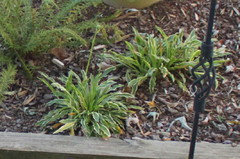
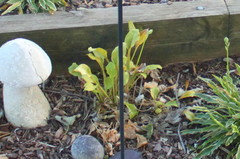
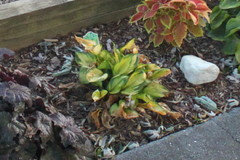

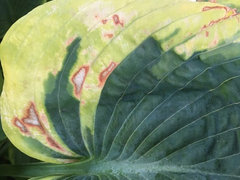
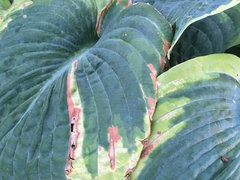
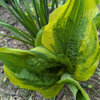

jimr66